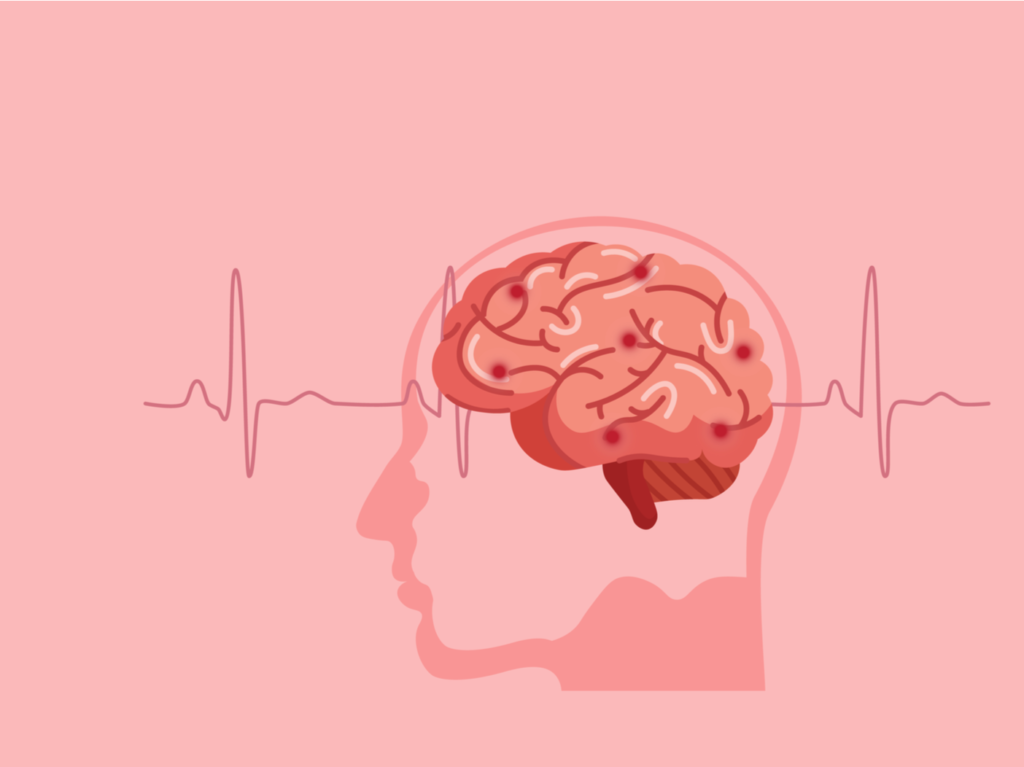
Although stroke and heart attack might look similar, they are two completely different medical conditions. Harvard Health explained that myocardial or heart attack occurs when one of the coronary arteries in the heart becomes blocked.
A stroke, on the other hand, interrupts the brain’s blood supply and not the heart. The brain cells become deficient in oxygen and nutrients which can cause a variety of symptoms, including those that are similar to heart attacks.
Even if you know the symptoms of a heart attack, such as crushing chest pain, discomfort in the left arm or shoulder, and jaw pain, it is important to be aware of the symptoms of stroke. Strokes can be difficult to ignore and symptoms of heart attack are often hard to notice.
What are the most obvious signs of stroke? It could save your life.
Warning Signs that a Stroke is Coming
According to the Centers for Disease Control and Prevention, 87% of strokes are ischemic. An ischemic stroke is also when blood supply to brain via the artery that carries oxygen rich blood is blocked.
Patients may have also experienced transient ischemic attacks before ischemic strokes. The TIA, which blocks brain blood flow for a brief time, is known as a ministroke. However, the CDC claims it is a warning sign that a more severe stroke is imminent.
A study published in the American Academy of Neurology found that warning signs of an ischemic attack can be detected up until seven days before it occurs.
Researchers tracked 2,416 people who suffered an ischemic stroke during this study. 549 of the 2,416 participants had a TIA within seven day before their ischemic stroke. Moreover, 17% of patients had a TIA the same day as their stroke, 9% the previous day and 43% within seven working days.
These numbers might sound alarming, but there are six signs that can help you know if you're at risk of a stroke.
(Create Jobs 51/Shutterstock.com)
1. High blood pressure
High blood pressure, just like a heart attack can increase your risk of a stroke. High blood pressure can cause nerve damage and weaken blood vessels, making them more vulnerable to ruptures and leaks. High blood pressure can also cause blood clots to form in the bloodstream. This causes the arteries in the brain to swell, which in turn results in strokes.
2. Vision problems
According to the CDC, sudden vision changes could indicate danger. These sudden changes could include blurry vision, double vision, blindness, or even complete blindness in one of your eyes.
3. Numbness or Weakness
It is concerning to experience sudden numbness and weakness on any part of your body. However, this is not necessarily a sign that you are in danger. Sometimes, paralysis can occur on the other side of your brain. If you feel sudden weakness or numbness in your arms, legs, or face, get medical attention immediately.
4. Dizziness
Stroke victims may experience dizziness. This can cause a loss of coordination. Stroke victims might feel tired and have trouble keeping their balance. Depending on the side of their brain that suffered the stroke, some stroke victims may feel confused.
5. Migraine or severe headache
Stroke victims often experience severe headaches after a stroke. This is usually due to blood vessels that have ruptured, torn or blocked in the brain. These headaches are often very sudden and unrelated.
6. Neck stiffness or shoulder pain
A brain injury can result in severe neck stiffness or shoulder pain. If your pain and stiffness prevent you from touching your chin or chest, seek immediate medical attention.
Top Stroke Risques
Strokes can happen at any age. However, certain factors can increase the risk, such as lifestyle, family history and conditions.
The CDC states that stroke risk factors include high blood pressure, high cholesterol and heart disease. Lifestyle factors such as poor eating habits, smoking, excess alcohol consumption, and physical inactivity can also increase the likelihood of having a stroke.
These factors aside, there are steps that you can take to reduce your stroke risk. You can also save your life and the lives of those you love by being aware of the signs of a stroke.
-----------------------------------
By: Brittany Baxter
Title: 75% Of Stroke Victims Did Not Notice These Critical Warning Signs
Sourced From: www.suggest.com/stroke-victims-critical-warning-signs/2606930/
Published Date: Thu, 16 Dec 2021 23:45:00 +0000
Read More
Did you miss our previous article...
https://thegossip.news/hollywood/tristan-thompson-reveals-details-of-hotel-hookups-with-maralee-nichols-court-docs
.png) SportsFashionPoliticsVideosHollywoodPrivacy PolicyTerms And Conditions
SportsFashionPoliticsVideosHollywoodPrivacy PolicyTerms And Conditions
